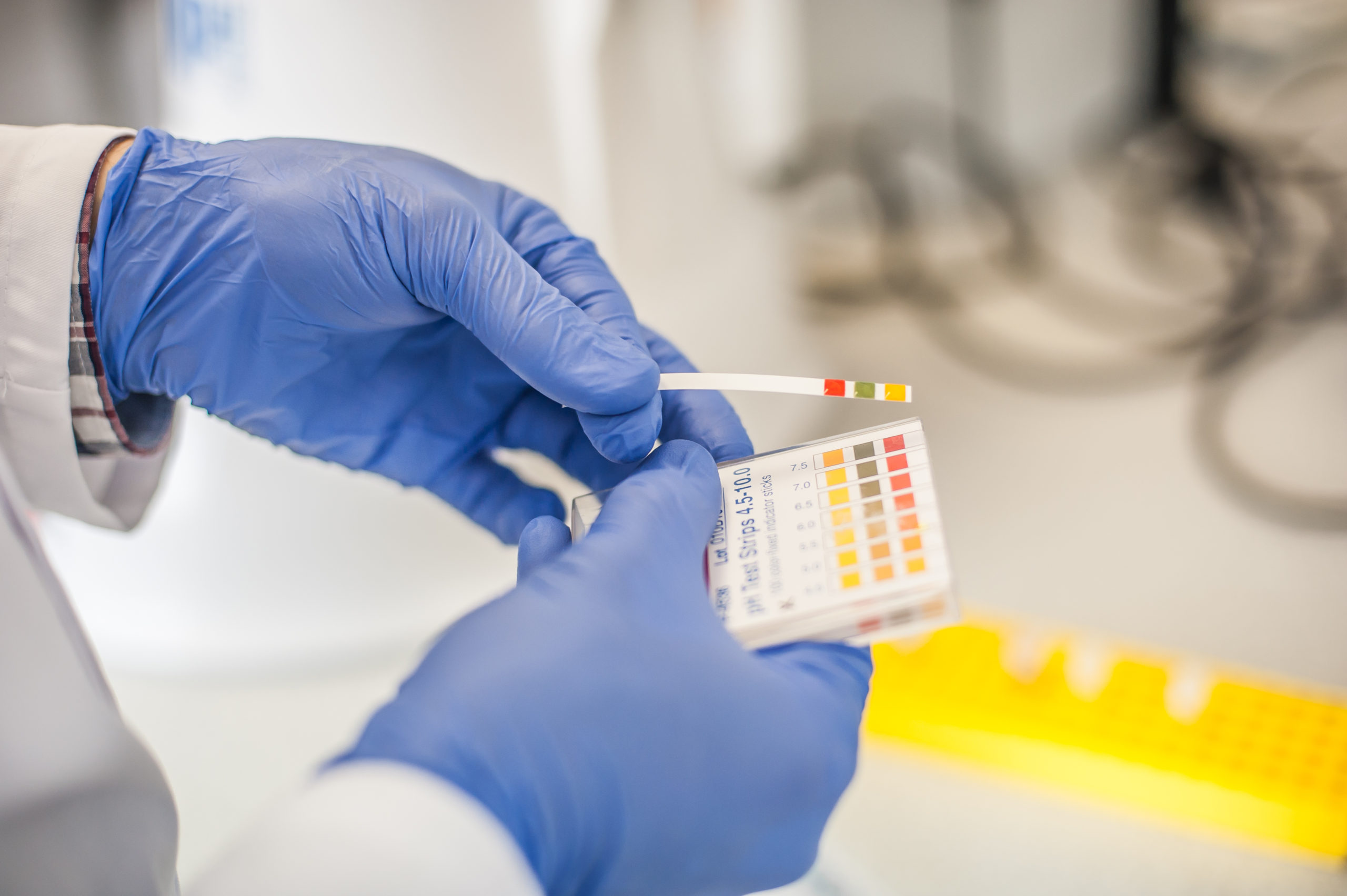
ALWAYS pay close attention to the messages your body gives you! Are you suffering from any one or more of the symptoms listed in Do I need a Cleanse or Signs of Low Grade Chronic Acidosis section? If so, then your pH is off, and the imbalance needs to be addressed in a timely manner.
As mentioned previously, besides proper cleansing and stress management, you should limit acid forming foods, and consume more alkaline forming foods to neutralize the excess acidity in order to begin correcting these issues. As you have learned, the majority of people are deficient in alkaline minerals due to highly acid forming diets and lifestyles. Since pH and minerals are intimately connected, you’re basically re-mineralizing the body with the alkaline forming minerals that the body is desperately in need of. Alkaline mineral bound weak acids like citrates and malates (cider vinegar, lemons) can also be very beneficial as they assist the Krebs cycles aerobic cellular process. (link Krebs section).
As you begin to implement beneficial dietary and lifestyle changes, it’s important to test your body’s pH on a regular basis and note the progress. Continue consuming more neutral-alkaline forming foods (Alkaline Acidic Food chart link) while limiting high acid forming foods. Monitor your pH levels a few times a day until levels are consistently in healthy range. Then test it a few times a week to make sure that your pH levels remain stable within the ideal range.
The best way to check your body’s tissue pH, or alkaline mineral reserve capacity, is by using pH Testing Strips.
Follow these few simple steps to test your urine pH:
- Test your first morning’s urine prior to eating or drinking to obtain a true reading.
- Collect a small sample of urine in a cup or just hold the pH strip in the stream of urine.
- Immediately match the results to the color chart on the box. The morning pH should read between 6.0 – 6.5, the later being optimal, and if tested in the evening can be as high as 6.5 -7.0.
Administering a urine pH test every morning for 5 days and calculating the average will give you a fairly accurate estimation of your current acid/alkaline balance.
The other way to test your pH is through saliva, which is also a good indicator of digestive enzyme activity as well as the pH of interstitial fluids like the lymphatic fluid.
- Test saliva pH first thing in the morning, 1 hour prior to eating or drinking, or 2-3 hours after a meal and after you brush your teeth.
- Collect a small sample of spittle in a spoon or place tester on your tongue quickly until wet, remove test strip, and rinse mouth with water.
- Immediately match the results to the color chart on the box. If you can hold a range of 6.5–7.2, this shows very satisfactory pH levels.
You can get your mean pH value by multiplying saliva pH x 2 then adding urine pH to that and divide by 3.
If you are calculating between 6 and 7 for both urine and saliva that’s not too shabby.
NOTE: The kidneys can be in jeopardy if the pH of both saliva and urine are both consistently too acidic, also referred to as “double acid.” If so on multiple attempts, you may want to consult a physician to check for kidney damage to be on the safe side.
I’m feeling symptoms of acidosis so why am I testing so Alkaline?
Very high alkaline saliva can indicate that enzyme production and other pancreas secretions are compromised, as well as indicating that elimination channels like the liver and lymphatic are congested. Gas, constipation, mold, and fungus may be the culprits.
If urinary pH is too high and your saliva pH is consistently too low it may be a sign of kidney issues and you should consult a physician to be certain.
As far as urine pH goes, it is highly probable for the body to TEST highly alkaline and still be acidic. A urine pH consistently over 7.5 may be indicative of a bacterial urinary tract infection. Most of the bacteria that cause urinary tract infections create a more alkaline environment when they split urea, (a bi-product of protein metabolism), into ammonia, an alkaline waste product that allows the bacteria to protect itself and continue to colonize.
NOTE:Even when there is a true clinical alkalosis resulting from kidney or respiratory damage, the problem almost always originates from a previous acidosis condition that caused the obstruction in the first place.
As you age and acidification becomes chronic from the development of various adverse conditions, the pH can also appear highly alkaline. Excess acidic waste that cannot be neutralized fast enough can leach nutrients from major organs. As a defense mechanism, the kidneys will do whatever they can to protect the cells by releasing ammonia from the breakdown of muscle protein, specifically glutamine. The ammonia released is high in alkalinity, generating a highly alkaline pH reading when tested, even though the body is highly acidic. You can experience this first hand when you visit a nursing home or hospital, the ammonia-like smell from degenerating sickly bodies can be overwhelming. Remember, you do not want to test either too acidic or too alkaline. The goal is to be balanced!
The small and the short of it is that when the urine or saliva pH is consistently too high or too low, your health is likely being jeopardized. You may be experiencing symptoms like fatigue, digestive issues, dizziness, headaches, etc., or you may have been diagnosed with an acidic inflammatory disorder that is progressing. If so, consult your doctor to make sure that there are no extreme clinical imbalances due to organ dysfunction, especially the kidneys. Then follow a pH balancing anti-inflammatory diet and continue to monitor your pH levels until they are in a healthy range.
